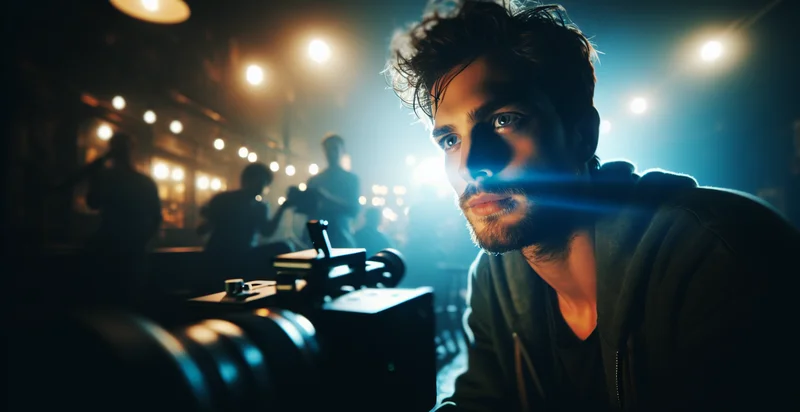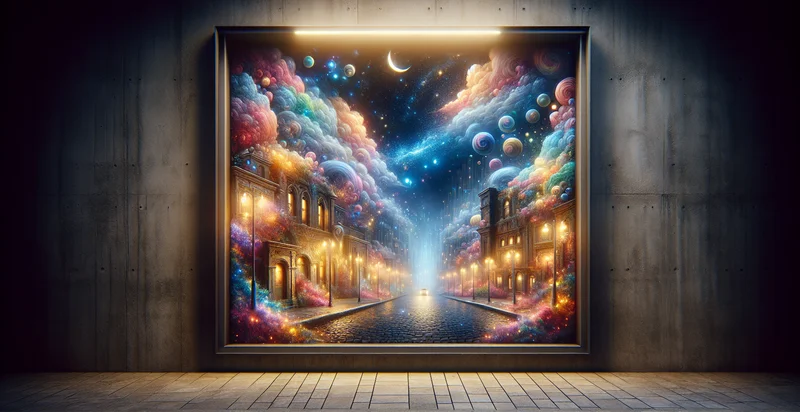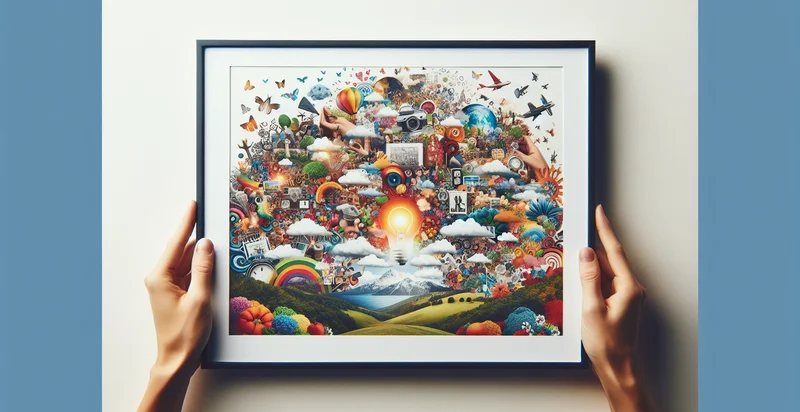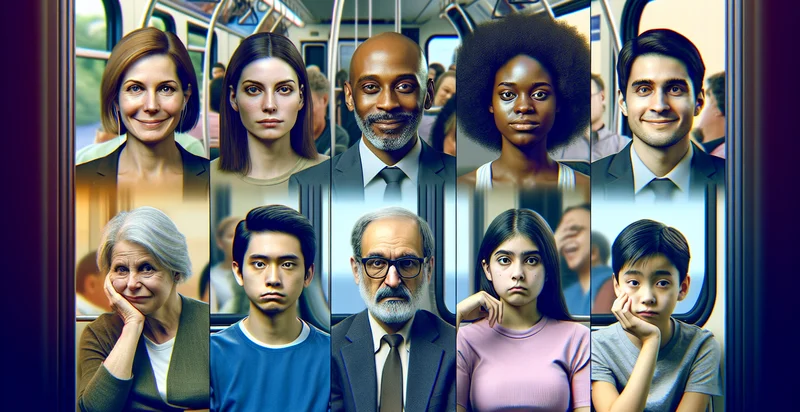Identify film scene mood type
using AI
Below is a free classifier to identify film scene mood type. Just upload your image, and our AI will predict what type of mood is conveyed in the film scene - in just seconds.

Contact us for API access
Or, use Nyckel to build highly-accurate custom classifiers in just minutes. No PhD required.
Get started
import nyckel
credentials = nyckel.Credentials("YOUR_CLIENT_ID", "YOUR_CLIENT_SECRET")
nyckel.invoke("film-scene-mood-type", "your_image_url", credentials)
fetch('https://www.nyckel.com/v1/functions/film-scene-mood-type/invoke', {
method: 'POST',
headers: {
'Authorization': 'Bearer ' + 'YOUR_BEARER_TOKEN',
'Content-Type': 'application/json',
},
body: JSON.stringify(
{"data": "your_image_url"}
)
})
.then(response => response.json())
.then(data => console.log(data));
curl -X POST \
-H "Content-Type: application/json" \
-H "Authorization: Bearer YOUR_BEARER_TOKEN" \
-d '{"data": "your_image_url"}' \
https://www.nyckel.com/v1/functions/film-scene-mood-type/invoke
How this classifier works
To start, upload your image. Our AI tool will then predict what type of mood is conveyed in the film scene.
This pretrained image model uses a Nyckel-created dataset and has 30 labels, including Action-Packed, Adventurous, Bittersweet, Comedic, Dark, Dramatic, Epic, Fantastical, Folksy and Gritty.
We'll also show a confidence score (the higher the number, the more confident the AI model is around what type of mood is conveyed in the film scene).
Whether you're just curious or building film scene mood type detection into your application, we hope our classifier proves helpful.
Related Classifiers
Need to identify film scene mood type at scale?
Get API or Zapier access to this classifier for free. It's perfect for:
- Film Editing Assistance: Editors can utilize the mood type identifier to quickly categorize and select scenes based on desired emotions. This functionality speeds up the editing process by allowing filmmakers to focus on scenes that align with their vision, reducing manual sorting efforts.
- Content Recommendation Systems: Streaming services can integrate this mood classification to enhance their content recommendation algorithms. By suggesting films or scenes that match users' current moods or preferences, platforms can improve user engagement and satisfaction.
- Social Media Content Creation: Content creators can use the mood type identifier to select film scenes that resonate with their target audience on platforms like TikTok or Instagram. This tool simplifies the search for relevant clips, helping creators to produce mood-themed content more efficiently.
- Marketing and Advertising: Advertisers can leverage mood-type data to design commercials that evoke specific emotions aligned with their brand message. By using identified moods from popular films, they can craft more compelling narratives for their campaigns, enhancing emotional connections with viewers.
- Film Education and Analysis: Educators and students in film studies can use the mood classification function to analyze how different moods are conveyed in cinema. This aids in teaching cinematic techniques and understanding audience reactions based on mood identification.
- Video Game Development: Game developers can incorporate the mood identification feature in narrative-driven games to tailor scenes and dialogues based on the intended emotional impact on players. This deepens player immersion and allows for dynamic storytelling.
- Therapy and Mental Health: Mental health professionals can use mood classification to curate film clips that aid in therapy sessions, tailoring selections to the emotional needs of their clients. By providing accessible visual aids, they can facilitate discussions and reflections on specific feelings and experiences.


